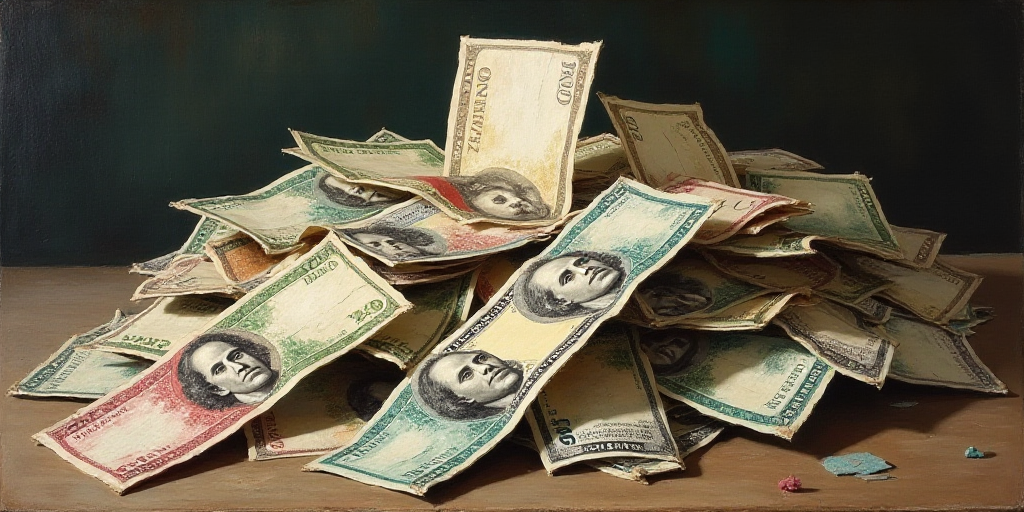Background on the Mexican Peso and its Recent Fluctuations
The Mexican peso has been experiencing fluctuations against the US dollar in recent weeks. As of Friday morning, the local currency has shown signs of recovery and is on track for gains in a highly volatile week. This upswing comes as investors reposition their portfolios following days of market turbulence, driven by concerns over escalating tensions between the United States and China.
Who is Affected by These Currency Fluctuations?
Currency fluctuations, such as those seen with the Mexican peso and US dollar, have significant implications for various stakeholders. These include:
- Importers and Exporters: Changes in exchange rates directly impact the cost of goods imported or exported. A stronger peso makes imports cheaper but reduces export competitiveness, while a weaker peso has the opposite effect.
- Tourists: Tourists traveling to or from Mexico will experience different purchasing power depending on the peso’s value relative to their home currency.
- Investors: Investors with assets or investments in Mexico will see their returns affected by currency movements. This includes both local and foreign investors.
- Consumers: The value of the peso influences the prices of goods and services in Mexico, affecting consumers’ purchasing power.
Why are Tensions Between the US and China Relevant?
The ongoing trade disputes and geopolitical tensions between the United States and China have created uncertainty in global financial markets. Investors tend to seek safer havens for their investments during times of geopolitical instability, which can lead to capital outflows from emerging markets like Mexico. This, in turn, puts downward pressure on the Mexican peso.
Recent Market Developments and Investor Behavior
In the past few weeks, investors have been jittery due to the following factors:
- US-China Trade Tensions: Escalating trade disputes and geopolitical tensions between the two superpowers have caused market volatility.
- Global Economic Uncertainty: Concerns over the global economic recovery post-COVID-19 pandemic have added to market uncertainty.
- Monetary Policy Decisions: Central bank decisions regarding interest rates and quantitative easing have also influenced investor behavior.
How the Mexican Peso’s Recovery Impacts Others
A stronger Mexican peso against the US dollar can have several positive effects:
- Reduced Import Costs: A stronger peso makes imported goods cheaper, potentially lowering inflation and benefiting consumers.
- Increased Export Competitiveness: Mexican exports become more attractive to foreign buyers, potentially boosting the country’s export revenues.
- Attractive Investment Opportunities: A stable peso can make Mexico more appealing to foreign investors seeking opportunities in emerging markets.
Key Questions and Answers
- What is the current status of the Mexican peso? The Mexican peso has shown signs of recovery against the US dollar, positioning itself for gains in a volatile week.
- Who is affected by the Mexican peso’s fluctuations? Various stakeholders, including importers/exporters, tourists, investors, and consumers, are impacted by the peso’s value relative to other currencies.
- Why are US-China tensions relevant to the Mexican peso? Geopolitical instability caused by US-China tensions can lead to capital outflows from emerging markets like Mexico, putting downward pressure on the peso.
- What are some factors driving recent market developments? Factors such as US-China trade tensions, global economic uncertainty, and monetary policy decisions have contributed to market volatility.
- How does a stronger Mexican peso benefit others? A stronger peso can lead to reduced import costs, increased export competitiveness, and attractive investment opportunities for Mexico.






